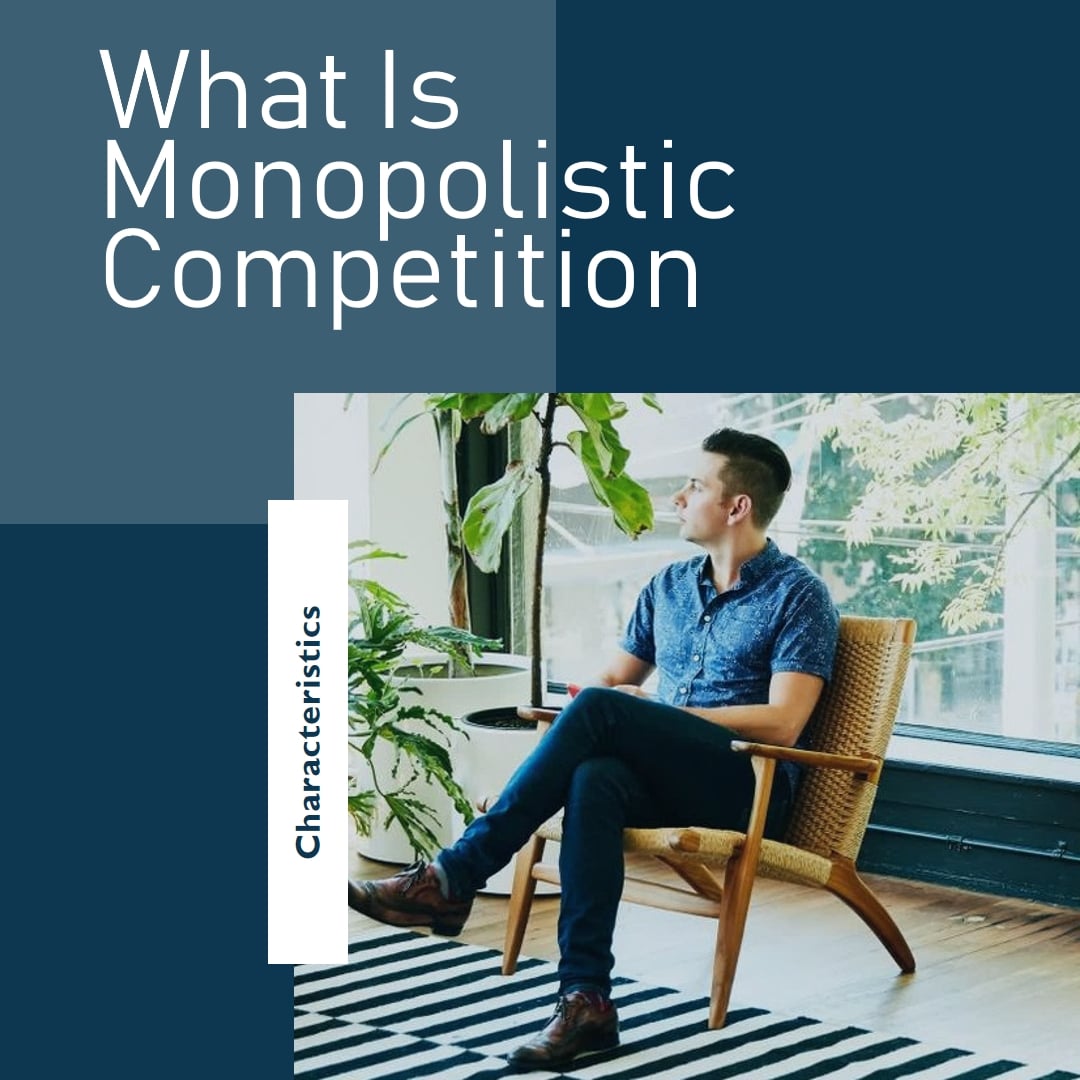Perfect and Monopolistic Competition Combining aspects of monopolistic competition stand out in various market structures. This blog post Braclic aims to clarify the complexities surrounding monopolistic competition by examining its definition, characteristics, applications, and impact on this dynamic market structure.
What Is Monopolistic Competition?
A market structure known as monopolistic competition is defined by many sellers providing unique goods or services. In contrast to monopolies, in which a single company controls the market, and perfect competition, in which products are homogeneous, monopolistic competition permits product differentiation while preserving a sizable number of businesses vying for market share.
Characteristics of Monopolistic Competition:
Product Differentiation:
Under monopolistic competition, products differ from one another in terms of features, branding, quality, and other aspects. Through differentiation, businesses can exert some control over pricing.
Many Sellers:
Monopolistic competition occurs when many sellers, each providing a slightly different product, operate within the same industry. Due to the many sellers, the market is kept from being significantly dominated by one party.
Easy Entry and Exit:
Because there are few obstacles to entry, businesses can enter or leave the market relatively quickly. This quality discourages the formation of monopolies and encourages competition.
Independent Decision-Making:
The monopolistic competition allows each firm to operate independently and decide what to produce, how much to charge, and how to market its goods.
Non-Price Competition:
In this market structure, advertising, branding, and product differentiation are all forms of non price competition in addition to price. Businesses use a variety of strategies to try to increase consumer appeal for their products.
Examples of Monopolistic Competition:
There are multiple examples of monopolistic competition, but a few significant examples are given below:
Fast Food Industry:
A prime illustration of monopolistic competition is the fast-food sector. Several chains offer similar products (burgers, fries, etc.) but differ in flavour, branding, and marketing techniques.
Personal Care Products:
Characteristics, fragrances, and packaging are ways companies in the personal care sector set their products apart. These variations may lead to preferences among consumers for particular brands.
Clothes and Apparel:
Since each fashion brand has its distinct image, branding, and style to draw customers, there is frequently monopolistic competition between them.
Important Information:
POWER OF WORDS
ESSENCE OF FASHION
Advantages of Monopolistic Competition:
Some few advantages of monopolistic competition are discussed below:
Product Variety:
Monopolistic competition promotes a variety of products, giving customers a lot of options.
Innovation Incentives:
Businesses are driven to develop and enhance their goods to obtain a competitive advantage, promoting innovation and technical breakthroughs.
Customer Choice:
Customers gain from having the option to select goods that suit their tastes, which results in a more personalized shopping experience.
Disadvantages of Monopolistic Competition:
A few disadvantages of monopolistic competition are discussed below:
Higher Prices:
The emphasis on product differentiation and branding can lead to higher prices than perfect competition as firms seek to cover the costs of these efforts.
Expenditure on Advertising:
Companies frequently spend a lot of money on marketing and advertising to set themselves apart from the competition, which drives up overall industry costs.
Possibility of Resource Waste:
To differentiate products, resources may be allocated to attributes or features that only sometimes improve customer satisfaction.
Who Sets the Price in a Monopolistic Competition?
Firms operating in monopolistic competition are free to determine their prices. Companies can control pricing depending on customer preferences and perceived product value when they can differentiate their products. Competitive strategy responses and market dynamics nevertheless influence price adjustments.
In summary:
Monopolistic competition creates a dynamic market environment with benefits and drawbacks by providing a middle ground between perfect competition and monopolies. Businesses engaged in monopolistic competition must manage the opportunities and challenges posed by this intricate market structure as consumers continue seeking various customized products. In today’s dynamic marketplace, knowing the traits and effects of monopolistic competition is essential for both consumers and businesses.

